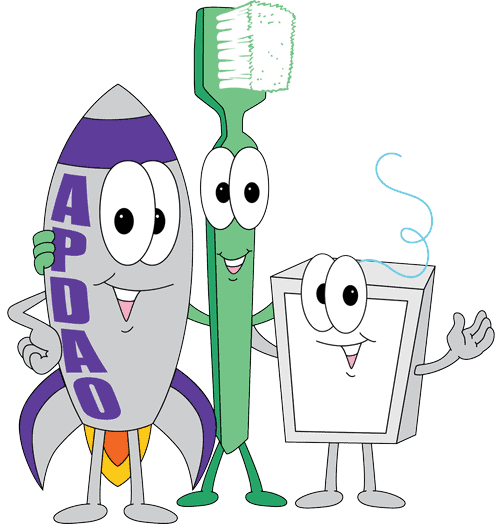Sealants Block Out Decay
Good oral hygiene is essential to decay prevention. Good oral hygiene means, in large part, not letting foodstuffs remain in the mouth for long periods of time. Appropriate food selection and thorough brushing and flossing can accomplish this goal. Unfortunately there are often deep pits and grooves on the chewing surfaces of certain teeth that cannot be reached during either brushing or flossing. It makes sense to prevent food material from getting into these crevices. The dental materials used to make this possible are called, appropriately enough, sealants.
How Do Sealants Work?
A sealant is a thin covering over those tiny imperfections in teeth that trap food and plaque. Sealants can be clear or appropriately tinted to assist identification after being applied to the pits and grooves. They are usually applied to the back teeth, which are more prone to decay.
Doesn’t Fluoride Provide Adequate Protection?
Fluoride is effective in preventing decay on the smooth surfaces of the teeth. It is far less effective, however in the tiny areas to which sealants would be applied. Sealants are recommended for all children with deep grooves in back teeth. They are particularly appropriate for the first permanent (6 year) molars since these teeth are notorious for deep pit and groove development and erupt during more cavity prone ages.
How Long Do Sealants Last?
Sealants are normally effective for several years. They cannot be properly examined with just the naked eye. Your dentist will monitor the state of the sealants over the years and let you know if and when they should be redone. Longevity of sealants greatly depends upon eating habits. Chewing ice, hard popcorn kernels and “sticky” candies often results in less retention time of sealants.
What is the Process?
- Cleaning of the teeth to be sealed.
- Etching (roughening) of the tooth surface so that the sealant will adhere better.
- Application of the sealant material, which quickly hardens.
Sealants can be very effective in preventing more costly dental procedures in the future.


